This is an introductory tutorial for those that are interested in how to digitally remaster the analog masters (also known as the “analog mix down”). These masters are those that are saved in vinyl, analog cassette tapes, reel to reel and other analog storage media many years ago when digital mastering is not yet common. One big disadvantage of analog storage media is that it is subject to long term degradation due to their mechanical nature. Therefore the following are the main reasons why it’s important to have your work digitally remastered:
a.) Preserve your work in digital format which is not subject to mechanical degradation.
b.) Improve the quality of your existing analog masters. These qualities can be any of following: tonal balance, less-noise and increased loudness (but not too much that it would destroy the beautiful dynamics).
c.) Benefit of having your analog masters to be distributed digitally as quality mp3.
Get the Source Right- Best Quality Analog master sound
Take a listen to your existing masters in analog. This is the mix down in analog format. Mix down format is NOT yet adjusted or processed by an audio mastering engineer. Mix down is the output of the audio mixing process. You should have a copy of this. Most recording labels do kept a copy in its archive. Make sure it still sounds good and the quality is not degraded. You will need a specific analog player that has a stereo line output on it.
a.) Cassette tape – you need a quality cassette tape player to reproduce and play your masters. Clean the tape heads as a dirty tape head can affect the quality of the playback.
b.) Vinyl –you also need a good vinyl record player. I do not have a Vinyl player at home but I still remember my grandfather used to play some great records on Vinyl. The sound was perfect!
c.) Reel to Reel – you need a reel to reel player.
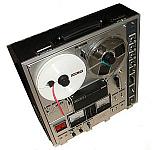
Credits: Nixdorf on Wikipedia
You need a high resolution audio interface
Once you are sure that you have still a perfect analog master. You need a high resolution audio interface. This will be used to convert the analog recording to digital format. In order to convert analog to digital audio, you need to set two parameters in your audio interface (make sure these parameters are natively supported by your audio interface hardware). These parameters are the bit depth and the sample rate.
This is where most common mistakes in digital remastering are being made. One common mistake is to use CD bit depth and sample rate (16-bit/44.1KHz) in converting analog audio to digital audio. This is a mistake because the digital reconstructed signal is far from the real analog signal. See differences below:
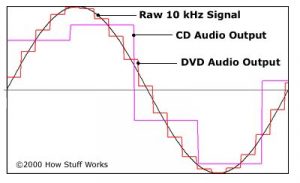
Credits: How Stuff Works
As you have observed, it shows a sample 10 KHz analog signal (the sine wave). The reconstructed digital representation of 10 KHz analog signal sampled at 16-bit/44.1KHz (in pink) looks very far from the real 10 KHz analog wave signal.
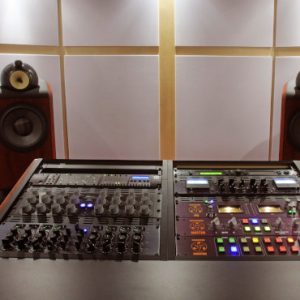
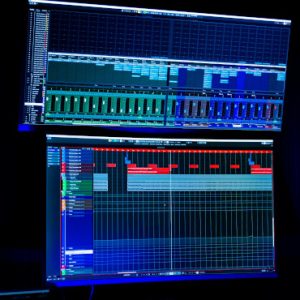
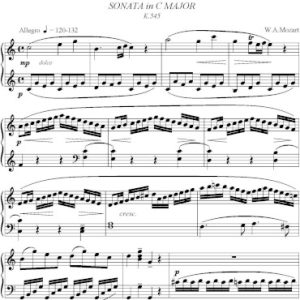
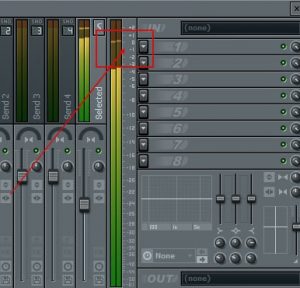
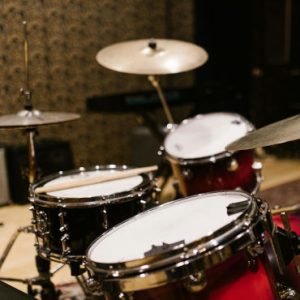
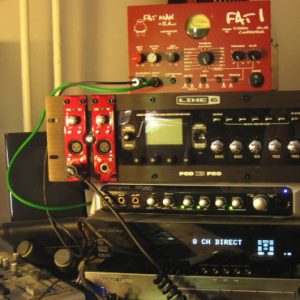
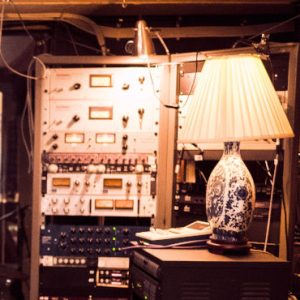

3 Responses
Hi Jim,
You can read my full recommendations here: https://www.audiorecording.me/cheapest-24-bit96khz-usb-audio-interface-and-daw-for-windows-7.html
Cheers,
Emerson
Hi Jim,
Thanks for the feedback. There are so many options. I would be writing a blog post about this later.
Cheers,
Emerson
What is cheapest interface or sound card for windows 7 laptop with 24/96 USB? Also what is the cheapest DAW software to utilize it? Thanks, love your articles.